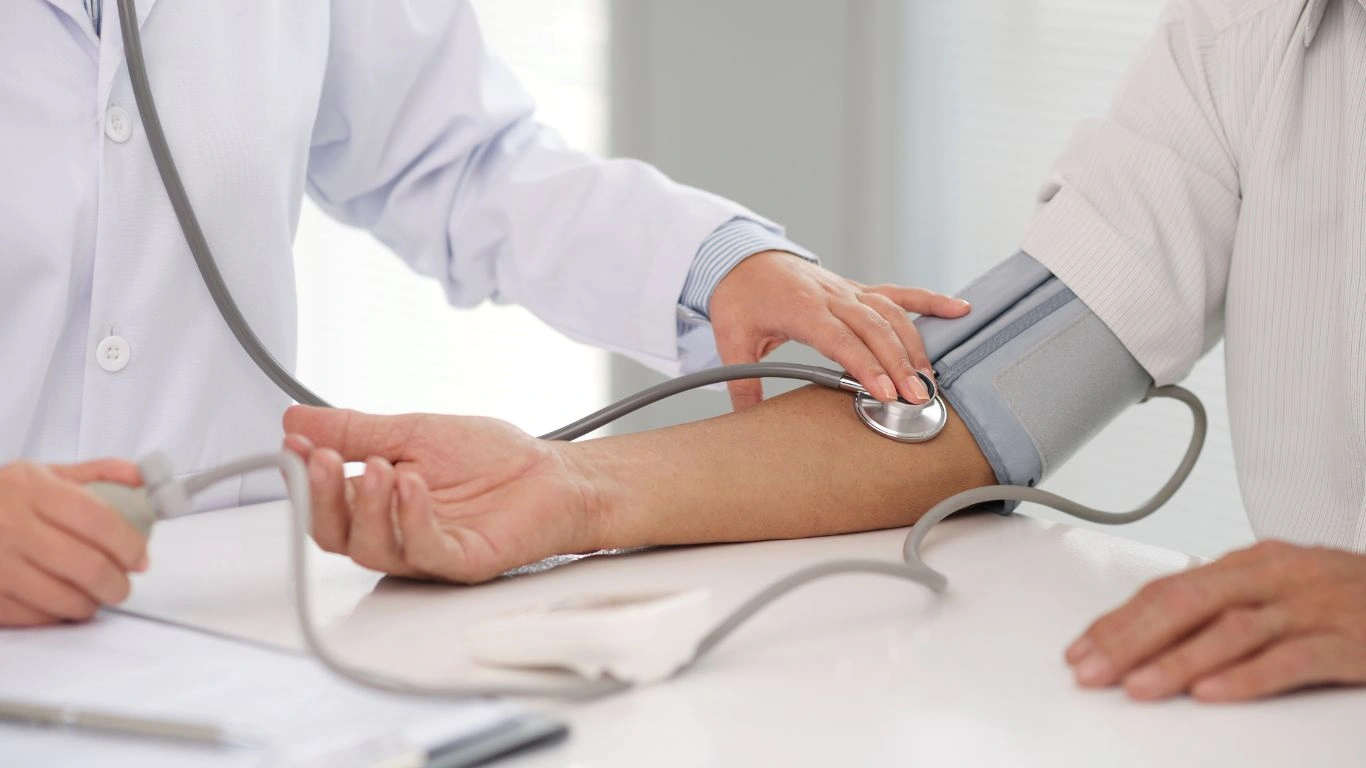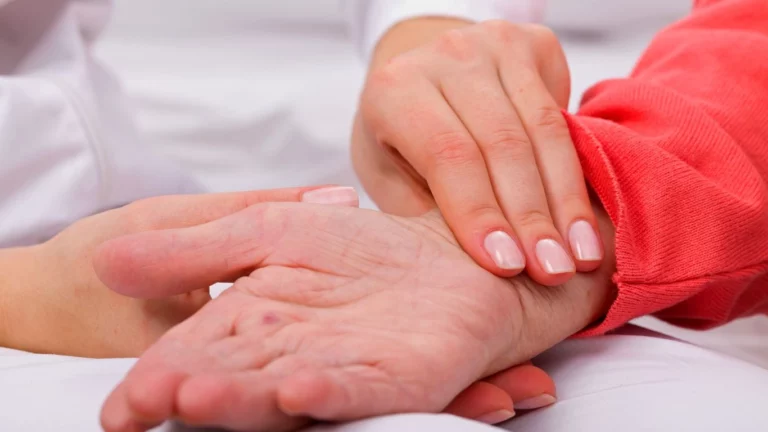Surprising Benefits of Chia Seeds for Hypertension Relief
If you’ve ever stared at a bag of chia seeds and wondered, “Does chia seed help hypertension?”—you’re not alone. As an internal medicine physician who’s been managing hypertension in my patients for years, I get this question a lot. And honestly, it’s a good one. We’ve come a long way from just writing prescriptions and sending folks on their way. These days, patients are more interested in how nutrition, lifestyle tweaks, and natural options can work alongside traditional medicine. And chia seeds? Well, they’re not just trendy smoothie toppers anymore.
Understanding Hypertension: A Quick Refresher

Before we dive into chia seeds, let’s level-set on what hypertension actually means. High blood pressure isn’t just a number on a cuff. It’s one of the most persistent and silent threats to heart health. It sneaks up gradually—sometimes with zero symptoms—and before you know it, you’re dealing with long-term damage to arteries, kidneys, and even your brain.
From my clinical practice, I’ve seen patients who feel totally fine, yet their systolic blood pressure is creeping past 150. And many don’t realize that even slightly elevated levels, when untreated, can significantly increase cardiovascular risk. So when someone asks me if a food like chia seeds can help manage their hypertension, I pay attention—because the interest is there, and more importantly, the need is real.
Chia Seeds: The Tiny Powerhouse with Big Nutritional Value

Let’s take a closer look at chia seeds. These little guys pack a serious nutritional punch. A single tablespoon contains:
- Omega-3 fatty acids: These anti-inflammatory fats are great for heart health.
- Fiber: Especially soluble fiber, which helps in lowering cholesterol and improving blood sugar control.
- Magnesium and potassium: Two minerals essential in blood pressure regulation.
- Antioxidants: Which help reduce oxidative stress and inflammation—both key players in hypertension.
It’s no wonder chia seeds have gained so much popularity in wellness circles. But nutrition buzzwords aside, how does all of this translate into something practical for blood pressure management?
So, Does Chia Seed Help Hypertension?
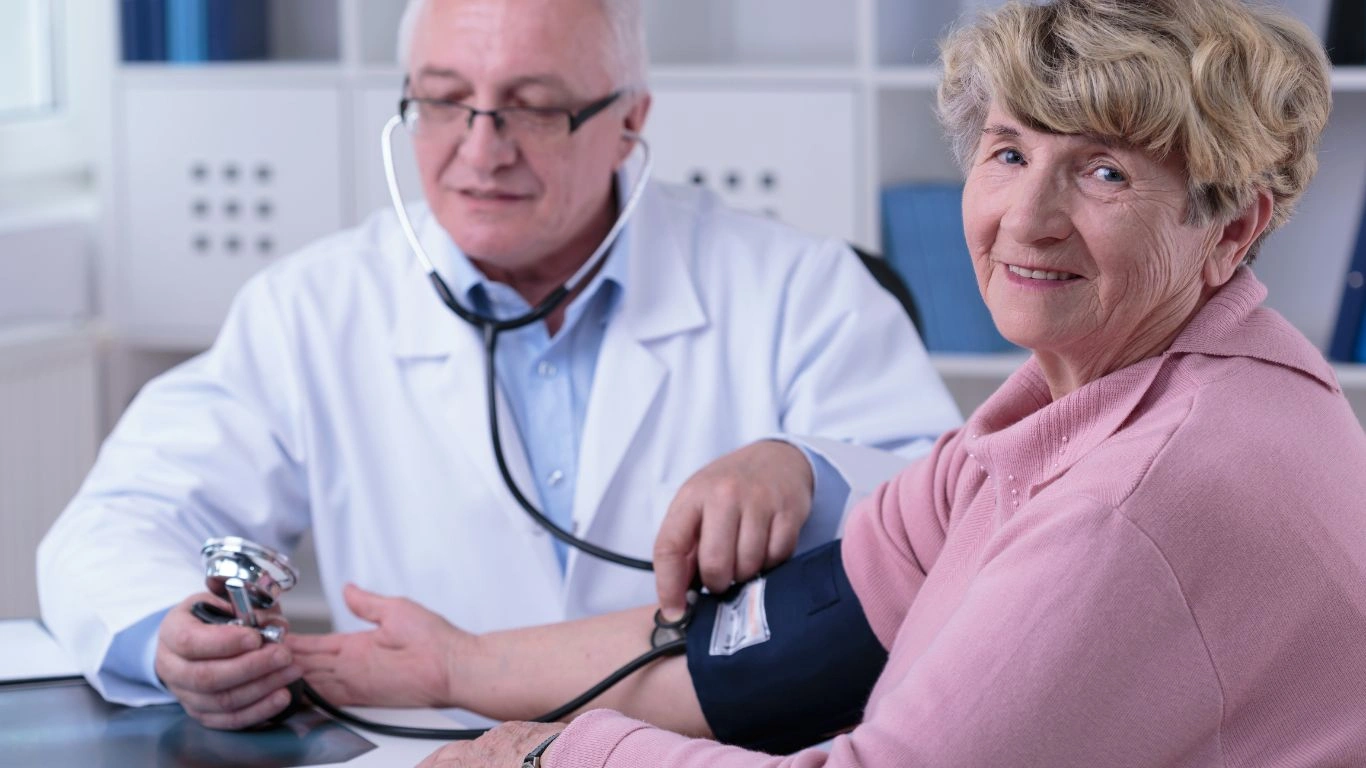
Based on my clinical experience and digging into the research, the answer leans toward a solid yes—with some caveats. Chia seeds may not be a miracle fix, but they can definitely support a broader blood pressure-lowering strategy. Here’s why:
- High Fiber Content: Chia seeds swell up and form a gel-like substance when soaked. This slows down digestion and helps stabilize blood sugar, which is important because insulin resistance often walks hand-in-hand with hypertension.
- Rich in Plant-Based Omega-3s: While not as potent as fish-based omega-3s, the ALA (alpha-linolenic acid) in chia seeds still offers anti-inflammatory benefits. Chronic inflammation is a subtle but persistent contributor to high blood pressure.
- Minerals That Matter: Potassium helps the body get rid of excess sodium, which can directly lower blood pressure. Magnesium helps blood vessels relax and improves vascular tone.
I’ve seen patients who added 1–2 tablespoons of chia seeds to their morning oatmeal or smoothies and came back with improved readings. Of course, this wasn’t the only thing they were doing—exercise, meds, stress reduction, and a Mediterranean-style diet were all in the mix. But chia seeds? Definitely part of the team effort.
The Science Is Catching Up
Several small-scale studies suggest that chia seeds may help with reducing systolic blood pressure, especially in individuals with existing hypertension or metabolic syndrome. One study even noted significant reductions after just 12 weeks of regular chia intake.
Now, are we talking pharmaceutical-level drops in pressure? Not quite. But when you combine that with a DASH-friendly diet and mindful sodium intake, chia seeds can help nudge the numbers in the right direction.
Real Talk: What I Tell My Patients
When someone sits across from me in clinic and asks about natural ways to lower their blood pressure, I always say: “Think of it like a toolbox. Medication is one tool, exercise is another, stress management is key—and chia seeds? They’re like a wrench. Small, but useful if you use them right.”
I always remind them not to rely solely on any one food, no matter how super it sounds. But incorporating chia into a daily routine? Low-risk, affordable, and surprisingly versatile. Sprinkle it on yogurt, bake it into muffins, or stir it into overnight oats—it fits right in without turning your life upside down.
How to Add Chia Seeds into a Blood Pressure-Friendly Diet
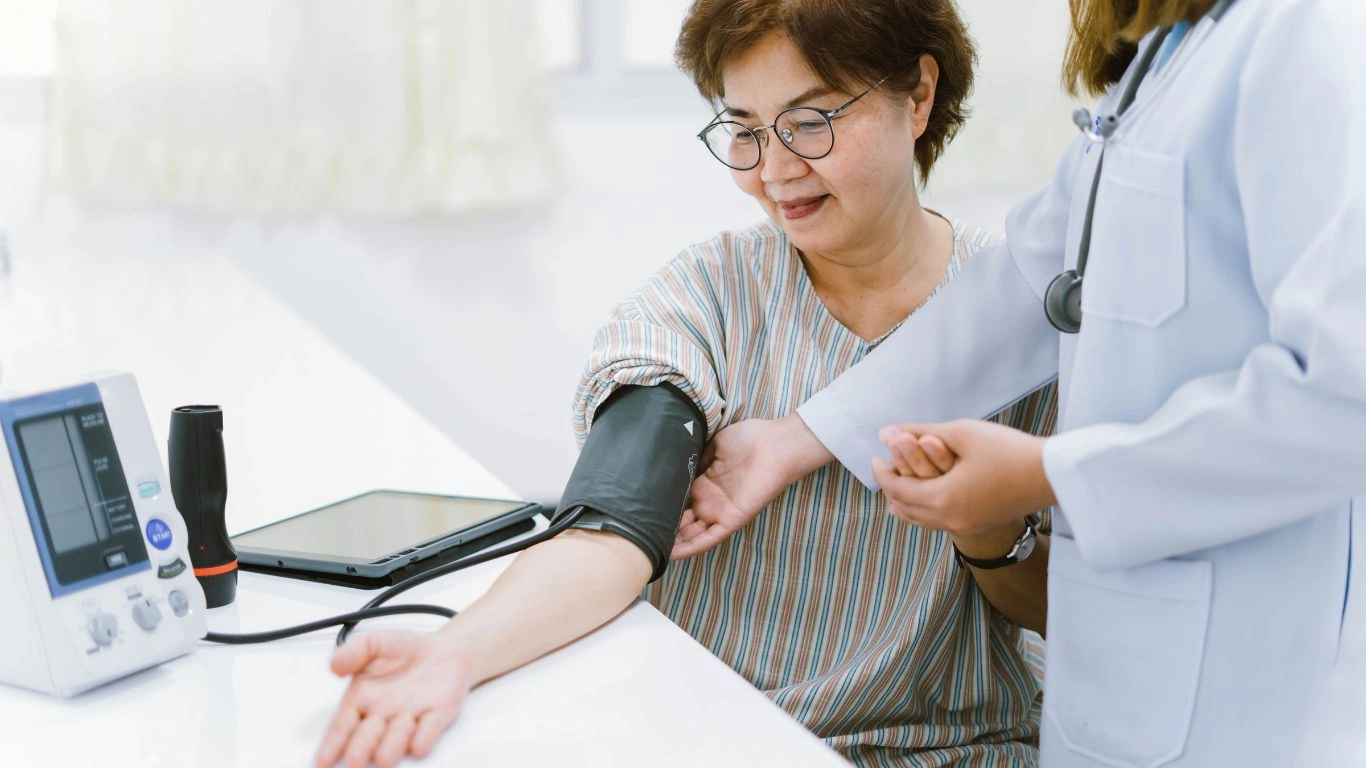
Alright, now that we’ve tackled the “does chia seed help hypertension?” question from a clinical and nutritional angle, let’s talk real-world application. Because as much as I love citing studies and mechanisms, nothing beats practical tips you can actually use.
When I’m advising patients, especially those new to heart-healthy eating, I like to keep things simple and sustainable. You don’t need to overhaul your whole kitchen to make chia seeds work for you. Here are a few ways to ease them into your routine:
- Chia Pudding: Mix 2 tablespoons of chia seeds with half a cup of unsweetened almond milk, a dash of cinnamon, and let it sit overnight. Add berries in the morning for a fiber-packed breakfast.
- Oatmeal Boost: Stir chia into your oats during cooking. I do this myself—adds texture and that slow-release fullness we all need on clinic days.
- Blend into Smoothies: A tablespoon or two vanishes easily into a fruit and spinach smoothie. It thickens slightly and adds a nutritional upgrade without changing the taste much.
- Baking Swaps: I’ve seen folks use chia gel as an egg substitute in baking—1 tablespoon of chia + 2.5 tablespoons of water = 1 egg. Great for plant-based diets, and the extra fiber is a bonus.
The best part? No fancy equipment or gourmet chef skills required. Just a bag of seeds and a bit of curiosity.
How Much Is Too Much? Finding the Right Balance

This is a common follow-up question I hear in clinic—“If chia seeds are good for blood pressure, should I eat a ton of them?” Nope, and here’s why. Even though they’re packed with good stuff, more isn’t always better.
Here’s what I usually recommend:
- 1–2 tablespoons per day is a solid amount for most adults. That gives you the fiber, omega-3s, and minerals without overdoing calories or risking digestive issues (yes, too much fiber too fast can be… uncomfortable).
- Hydration is key. Chia seeds absorb up to 10–12 times their weight in water. So if you’re not drinking enough fluids, you might feel a little backed up. I tell patients to think of chia like a sponge—it needs moisture to work its magic.
Also, if you’re taking blood pressure meds or blood thinners, it’s worth having a quick chat with your doc. Chia seeds are natural, yes, but they can slightly thin the blood due to their omega-3 content. Better to be cautious if you’re on meds like warfarin or even aspirin daily.
Patient Wins That Still Make Me Smile
I’ll never forget one patient—let’s call him Robert. Mid-50s, busy tech guy, very skeptical about anything labeled “superfood.” He was on two antihypertensives and still hovering around 145/95. We started working on diet, exercise, and I casually suggested, “Try throwing some chia into your yogurt or salad.”
Three months later, he walks in grinning. “Doc, I didn’t think those little black seeds would do anything, but I’ve been religious with them—and I’m down to 130/85.” Was it just the chia? Of course not. But it was part of a bigger shift, and it gave him a sense of control—which is priceless.
When Chia Seeds Might Not Be Right for You
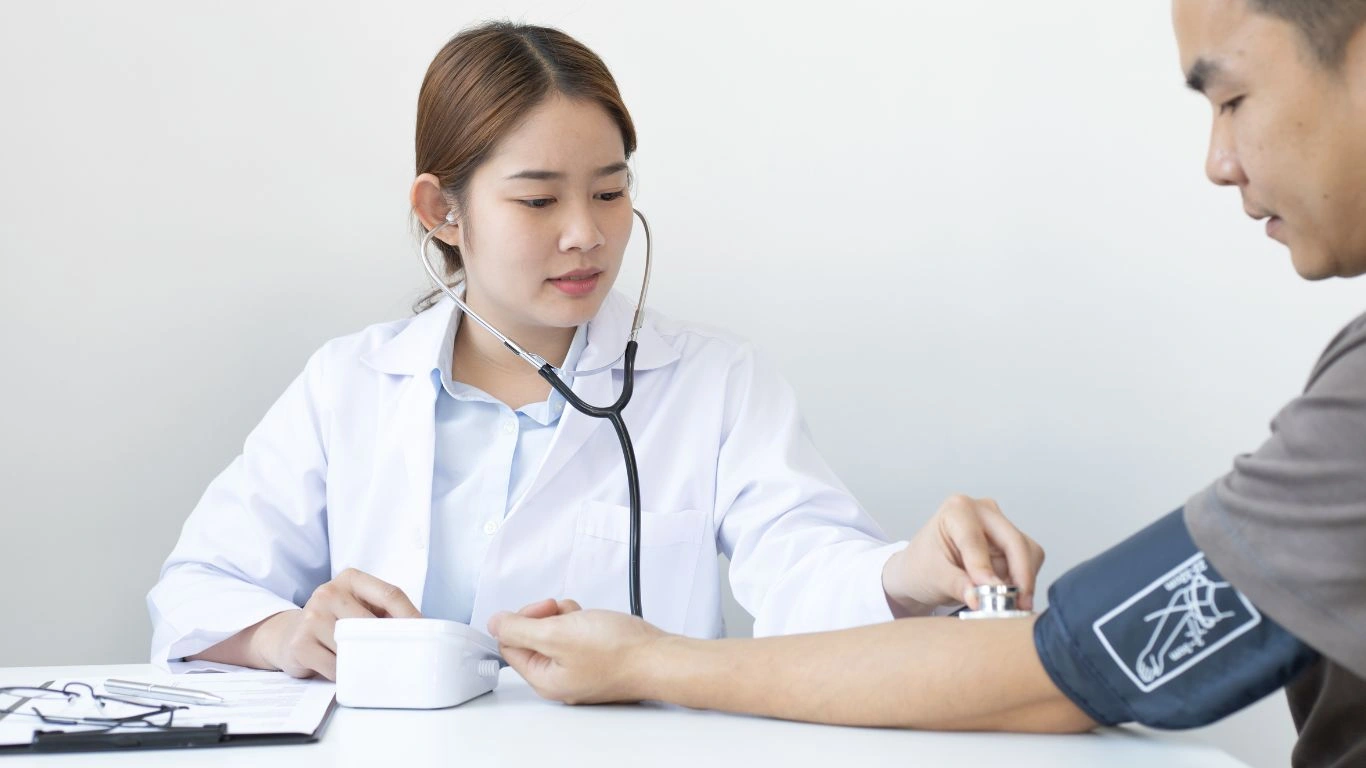
As much as I love chia, it’s not for everyone. And that’s important to say, especially when writing about health online. Here’s when you might want to take a pause:
- Swallowing concerns: Chia seeds expand rapidly when mixed with liquid. If not soaked properly or if eaten dry, they can clump and pose a choking risk—especially in people with esophageal issues. Always soak them first if you’re unsure.
- GI Sensitivities: If you’ve got IBS or a sensitive gut, start small—maybe half a tablespoon—and increase gradually. I’ve had patients experience bloating or discomfort from jumping in too fast.
- Medication interactions: As mentioned, chia’s omega-3s can affect blood clotting. If you’re on blood thinners, always consult your provider before making chia a daily habit.
I always emphasize the importance of listening to your body. If chia makes you feel great—fantastic. If it doesn’t sit right, there are plenty of other heart-healthy options out there.
Other Natural Allies in Hypertension Management
While we’re on the topic, chia doesn’t have to fly solo. There are plenty of natural companions that also support healthy blood pressure. Here are a few I often recommend alongside chia:
- Leafy greens: High in potassium, which helps balance out sodium’s effects.
- Beets: Rich in nitrates, which help dilate blood vessels and improve blood flow.
- Garlic: Natural vasodilator—plus it adds flavor without extra salt.
- Hibiscus tea: Some studies show it may lower systolic pressure, and it’s a cozy alternative to coffee.
It’s never about one food or one fix. It’s about building a lifestyle—layer by layer—that supports your health. And chia? It’s a simple, evidence-backed step in the right direction.
Long-Term Lifestyle Synergy: Chia Seeds and Holistic Hypertension Management
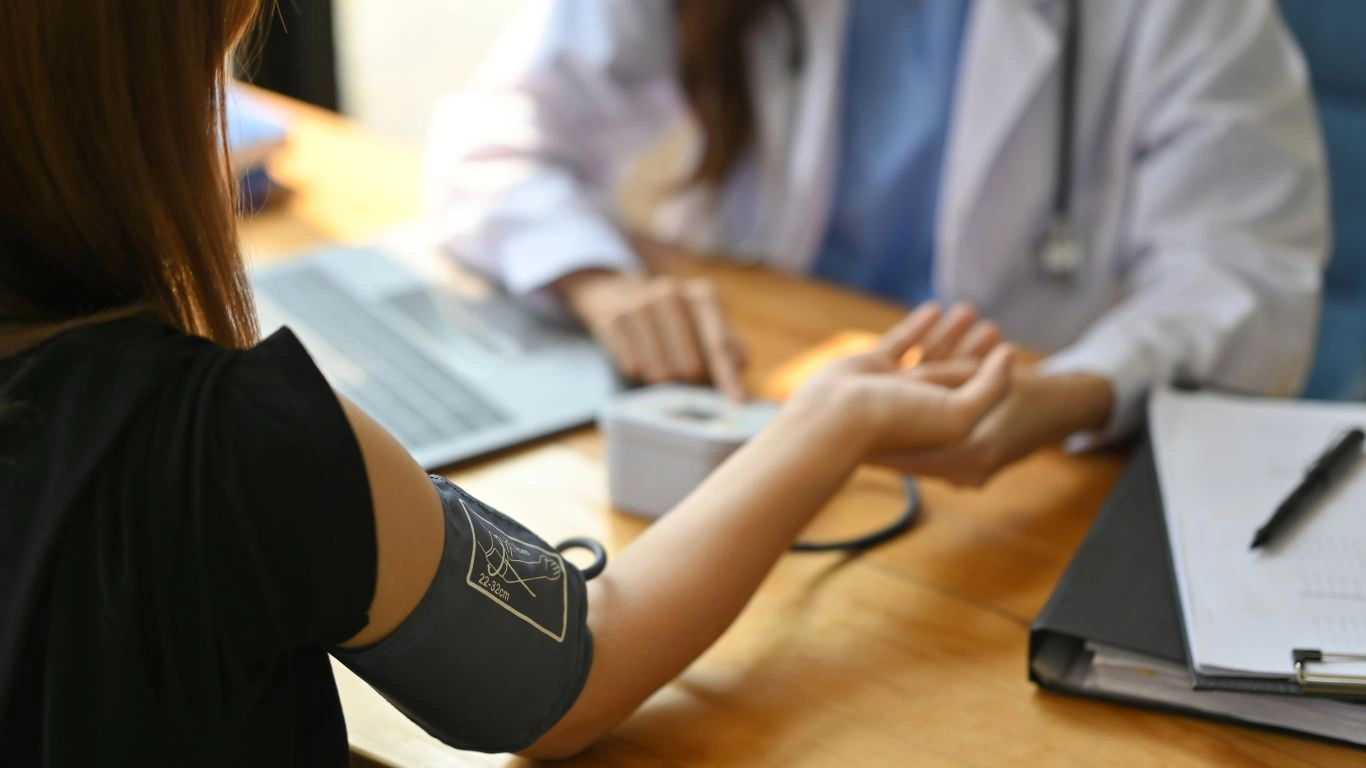
At this point, you’ve probably gathered that I’m a fan of chia seeds—but not in isolation. I’m a firm believer that meaningful, sustainable changes in blood pressure happen when you combine multiple strategies, and chia is just one of those smart, small levers we can pull.
In my experience, when patients adopt a long-term mindset—not chasing quick fixes or trendy hacks—they see better results. And frankly, they feel more empowered. Chia seeds fit beautifully into this model because they’re easy, accessible, and pair well with other evidence-based approaches.
Pairing Chia with Movement and Mindfulness
Here’s something I’ve noticed over the years: patients who feel better physically tend to stay more consistent with their habits. That’s where lifestyle synergy comes in. A patient who’s adding chia seeds into their morning smoothie might also be more likely to head out for a 30-minute walk. One win leads to another.
Simple practices that complement chia’s benefits:
- Regular activity: Even light walking reduces vascular resistance and supports healthy blood pressure. Doesn’t have to be a gym marathon. A brisk stroll post-lunch can be golden.
- Mindfulness: Practices like yoga or deep breathing help lower cortisol and calm the nervous system—key for resistant hypertension cases. I’ve had patients tell me 5 minutes of box breathing before bed helped more than any sleeping pill ever did.
- Consistent sleep: Poor sleep disrupts hormones and elevates blood pressure. Combine that with a poor diet and it’s a recipe for trouble. Sprinkle chia on some Greek yogurt and call it a high-protein sleep-friendly snack—works like a charm.
Health isn’t built in a day, but it is built daily. And those small acts add up—chia included.
Patient Case Example: Hypertension Control with Natural Additions
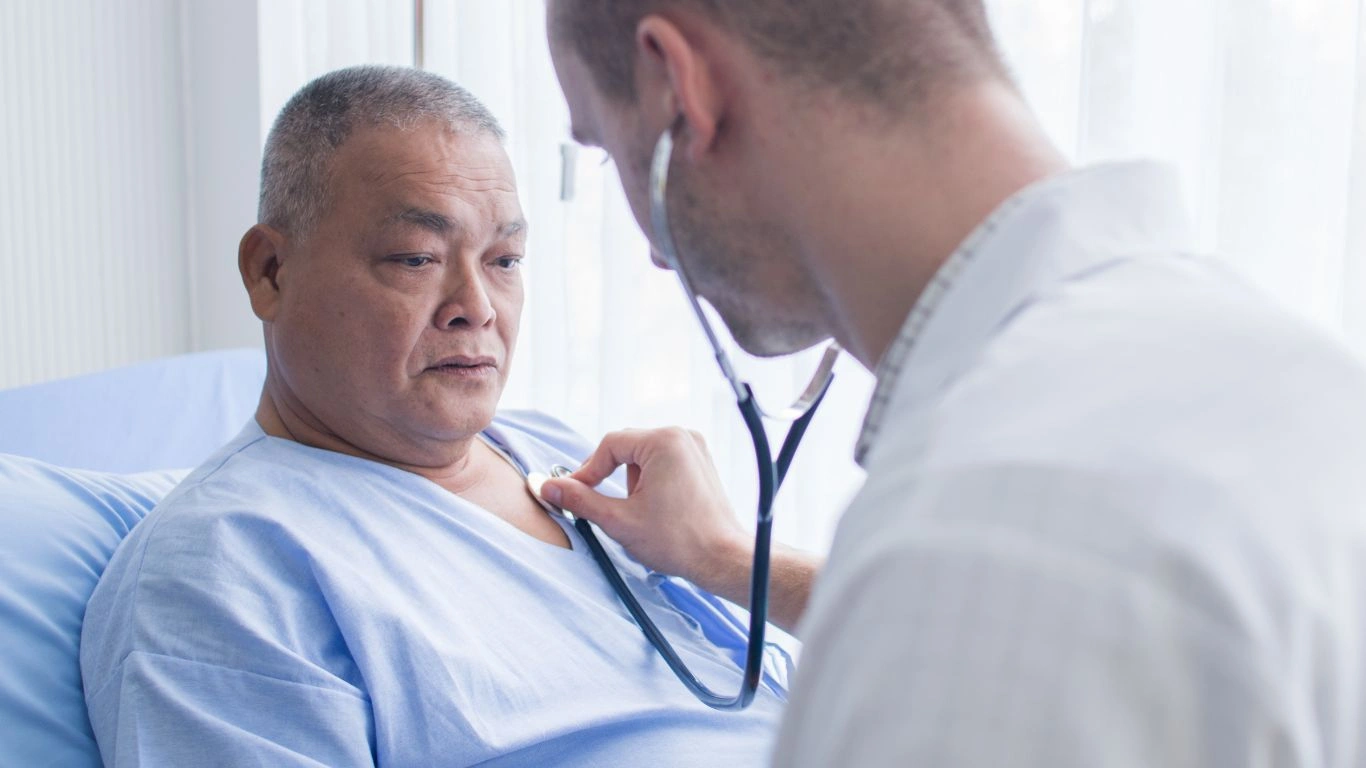
Let me share another memorable case. I worked with a woman in her early 60s—let’s call her Maria. She’d been on and off different antihypertensives for years, always struggling with side effects. She was committed to making dietary changes, so we built a game plan around the DASH diet with a few extra touches.
Chia seeds were part of her daily routine. Every morning, she had a bowl of chia pudding with cinnamon, almond milk, and sliced banana. Over six months, her systolic pressure dropped by 15 points—and we actually tapered her medication dose. Not eliminated, but reduced. That’s a win in my book.
Of course, she was also walking 5 days a week and had swapped out processed snacks for nuts and veggies. But those tiny seeds? They played their role.
Addressing Myths: Clearing the Air on Chia and Blood Pressure
With the internet being what it is, I’ve seen some wild claims about chia seeds curing everything from hypertension to insomnia to arthritis overnight. Let’s be clear—there’s no magic bullet.
Here’s what chia seeds can do, based on what I’ve seen and what the science supports:
- Support heart health by improving omega-3 intake and reducing LDL cholesterol levels.
- Stabilize blood sugar thanks to their fiber content, which indirectly benefits blood pressure control.
- Promote satiety and reduce overeating—important if excess weight is a contributing factor.
But chia seeds alone won’t reverse 20 years of poor habits or replace medication when it’s clinically necessary. They’re a tool, not a cure-all. And as with any tool, they’re most effective when used thoughtfully and consistently.
Final Thoughts from the Clinic
From a practical standpoint—and I say this both as a physician and someone who juggles real life—I appreciate interventions that are low-maintenance, low-risk, and evidence-informed. Chia seeds check those boxes.
They’re not going to conflict with most prescriptions, they’re easy to integrate into meals, and they contribute to overall cardiovascular health without breaking the bank. That’s huge, especially for patients managing chronic conditions on a budget.
What I tell my patients is simple: Start small, stay consistent, and build a routine that feels good and sustainable. Whether it’s chia seeds or any other part of a healthy lifestyle, it has to fit into your life—not the other way around.
References
- https://www.ncbi.nlm.nih.gov/
- https://www.heart.org/
- https://www.gastro.org/
- https://www.nutrition.org/
- https://www.cdc.gov/
Disclaimer
This article is intended for informational purposes only and is not a substitute for professional medical advice, diagnosis, or treatment. Always consult with your healthcare provider before making any dietary or lifestyle changes, especially if you have underlying health conditions or are taking prescription medications.

Dr. Gwenna Aazee is a board-certified Internal Medicine Physician with a special focus on hypertension management, chronic disease prevention, and patient education. With years of experience in both clinical practice and medical writing, she’s passionate about turning evidence-based medicine into accessible, actionable advice. Through her work at Healthusias.com, Dr. Aazee empowers readers to take charge of their health with confidence and clarity. Off the clock, she enjoys deep dives into nutrition research, long walks with her rescue pup, and simplifying medical jargon one article at a time.
